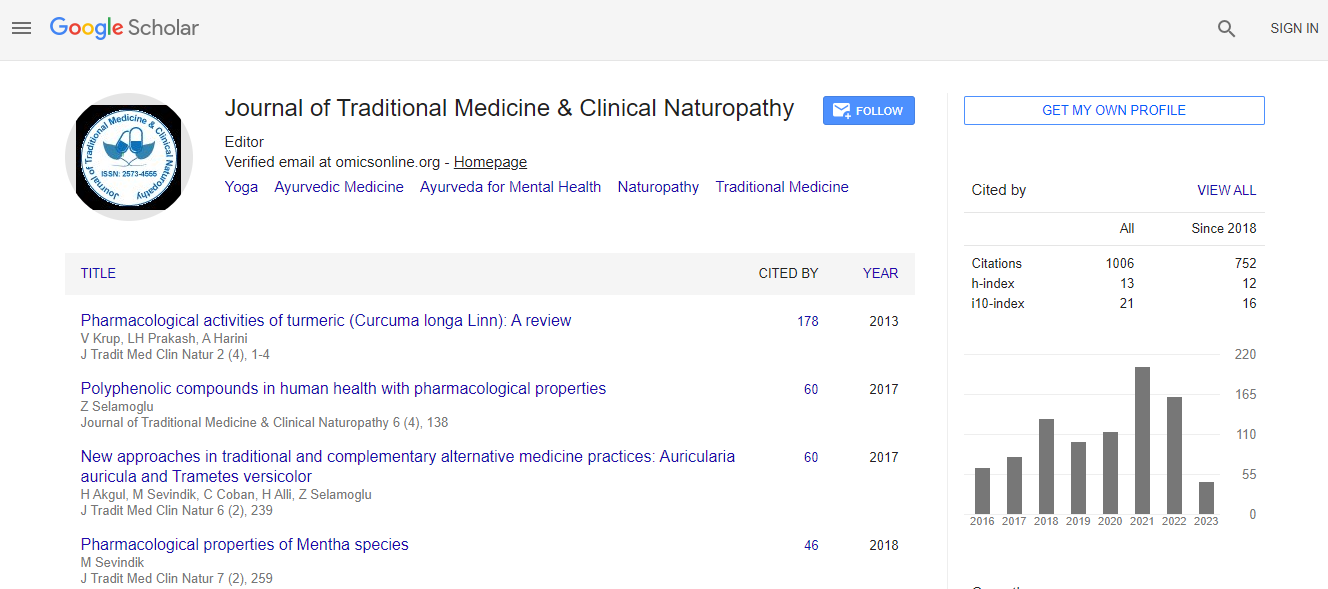Review Article
What is on the Horizon for Hyperthermic Cancer Therapy?
Szigeti GyP1, Lee DY2 and Hegyi G3*
1Institute of Human Physiology and Clinical Experimental Research, Semmelweis University, Hungary
2Department of Thoracic Cardiovascular Surgery, Bundang CHA Medical Center, CHA University, Kyunggido, Republic Korea
3Department of Complementary Medicine, Medical School, Pecs University, Hungary
- *Corresponding Author:
- Hegyi G
Department of Complementary Medicine
Medical School
Pecs University, Hungary
Tel: +36 30 922-5347, +36 72 535-994
E-mail: drhegyi@hu.inter.net
Received Date: April 19, 2017; Accepted Date: April 21, 2017; Published Date: April 26, 2017
Citation: Szigeti GyP, Lee DY, Hegyi G (2017) What is on the Horizon for Hyperthermic Cancer Therapy? J Tradit Med Clin Natur 6:217.
Copyright: © 2017 Szigeti GyP, et al. This is an open-access article distributed under the terms of the Creative Commons Attribution License, which permits unrestricted use, distribution, and reproduction in any medium, provided the original author and source are credited.
Abstract
Cancer is a complex disease. Malignancy can often obscure the localization of the original tumor, which can mislead the patient and clinicians. Cancer means that the tumor is not benign; rather, it is malignant and thus systemic, even when dissemination or micro-metastases have not been discovered yet. Conventional hyperthermia induces tumor cell necrosis, but with isothermal heating and poor depth selection, it has multiple drawbacks. The new trend is mild hyperthermia, with support from complementary treatments. Furthermore, the trend for loco-regional treatment is developing toward immune modulation, especially toward tumor-specific immune reactions. Our objective is to present a review and discuss the trends regarding hyperthermia in oncology.

 Spanish
Spanish  Chinese
Chinese  Russian
Russian  German
German  French
French  Japanese
Japanese  Portuguese
Portuguese  Hindi
Hindi 
